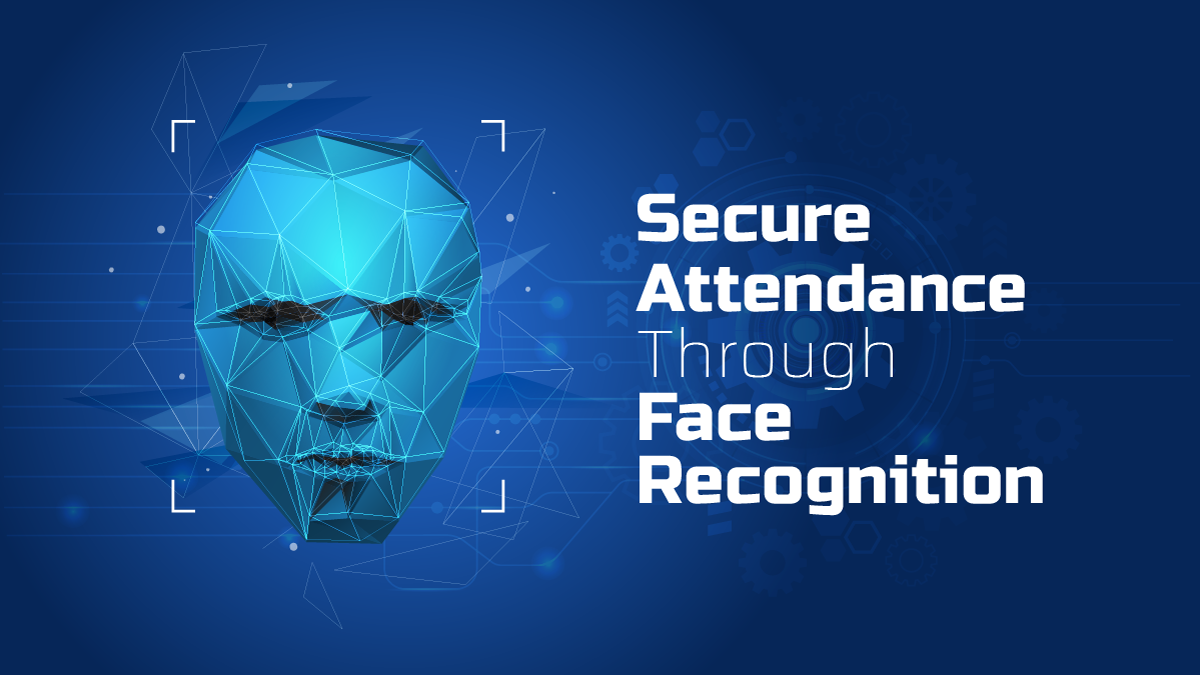Category: Face Recognition
-

Construction Time and Attendance System
Sprinter Time Attendance Management System tailored specifically for the dynamic needs of the construction industry. With our robust solution, managing workforce attendance at construction sites becomes seamless, efficient, and hassle-free. Say goodbye to traditional time tracking methods and embrace a modern, digital approach to workforce management. Why Choose Sprinter Attendance Solution for Construction Industry? Customized…
-
Impact of Biometric Attendance System on Educational Institutes
The implementation of a Biometric Attendance System in educational institutes has had a significant impact. This advanced technology has revolutionized the way attendance is recorded and managed, bringing about numerous benefits and improvements. One of the key advantages of the Biometric Attendance System is its accuracy. By using unique biological characteristics such as fingerprints or…
-

Advanced Time & Attendance on Construction Sites
Enhanced Timekeeping Solutions for Construction Sites In the realm of construction, the need for accurate time and attendance tracking is crucial. To meet this demand, advanced solutions have been developed to provide efficient timekeeping on construction sites. These innovative systems offer a range of benefits, improving productivity, reducing costs, and enhancing overall project management. One…
-

Employee Temperature Measurement During COVID-19: Non-contact, Biometric Solution
Employee Temperature Measurement During COVID-19: Non-contact, Biometric Solution Non-Contact, Biometric Solution for Employee Temperature Monitoring During COVID-19 In the midst of the COVID-19 pandemic, it has become imperative for organizations to prioritize the health and safety of their employees. One crucial aspect of this is monitoring employee temperatures to detect any signs of fever, a…
-

Hospitals & Healthcare
[av_image src=’https://nexgenme.com/blog/wp-content/uploads/2021/10/222.jpg’ attachment=’5609′ attachment_size=’full’ align=’center’ styling=” hover=” link=” target=” caption=” font_size=” appearance=” overlay_opacity=’0.4′ overlay_color=’#000000′ overlay_text_color=’#ffffff’ animation=’no-animation’][/av_image] [av_heading tag=’h1′ padding=’10’ heading=’Hospitals & Healthcare’ color=” style=’blockquote modern-quote modern-centered’ custom_font=” size=” subheading_active=” subheading_size=’15’ custom_class=”][/av_heading] [av_textblock size=” font_color=” color=”] All-in-one time & attendance, payroll integration, and HR administration platform for healthcare. [/av_textblock] [av_hr class=’default’ height=’50’ shadow=’no-shadow’ position=’center’ custom_border=’av-border-thin’ custom_width=’50px’…
-
Holiday Tracking with Sprinter Time and Attendance Systems
It wasn’t very long ago that keeping track of every employee’s sick days, personal days, company days, and holidays was simply an administrative nightmare. Time and money were lost having to figure out who had taken which day off and how many days they had accrued and used – a frustrating and time-consuming job. In the past,…
-

5 Benefits of Facial Recognition Attendance Solutions
Biometric technology is becoming increasingly popular for time and attendance tracking. Although fingerprint biometrics is a popular choice, facial recognition time tracking is an alternative biometric solution with certain distinct advantages. How Facial Recognition Attendance Systems Work Facial recognition time tracking uses biometric identification verification based on facial characteristics. Facial recognition technology varies. The system may look…
-

How Face Recognition and Access Control Systems can be used in Banking and Financial Institutions?
From the late 1990s, commercial banks and non-banking financial institutions, have persistently planned and adapted digitalization in the services offered by them to enhance efficacy in their operations as well as enrich customer satisfaction. The fast-track digitization in the banking sector has made way for yet another technology today. The need for Access Control Systems…
-

Face Recognition Access Control – Touchless Solutions during Covid-19
The dreaded coronavirus outbreak has compelled many people and organizations to seriously consider installing advanced biometrics for security and access control. With a high probability of infection from contaminated surfaces, people are now demanding contactless solutions in their daily lives that can prevent them from unnecessarily touching anything. That’s where biometrics technology like face recognition…
-

4 reasons to invest in a cloud-based time and attendance software solution
Many businesses, large and small, have said good-bye to their antiquated employee time tracking system and have discovered the effectiveness of time and attendance software. Apart from simplifying the entire employee time management process, companies have realized many other benefits, including saving valuable time and money. If you’re considering implementing a new time and attendance…